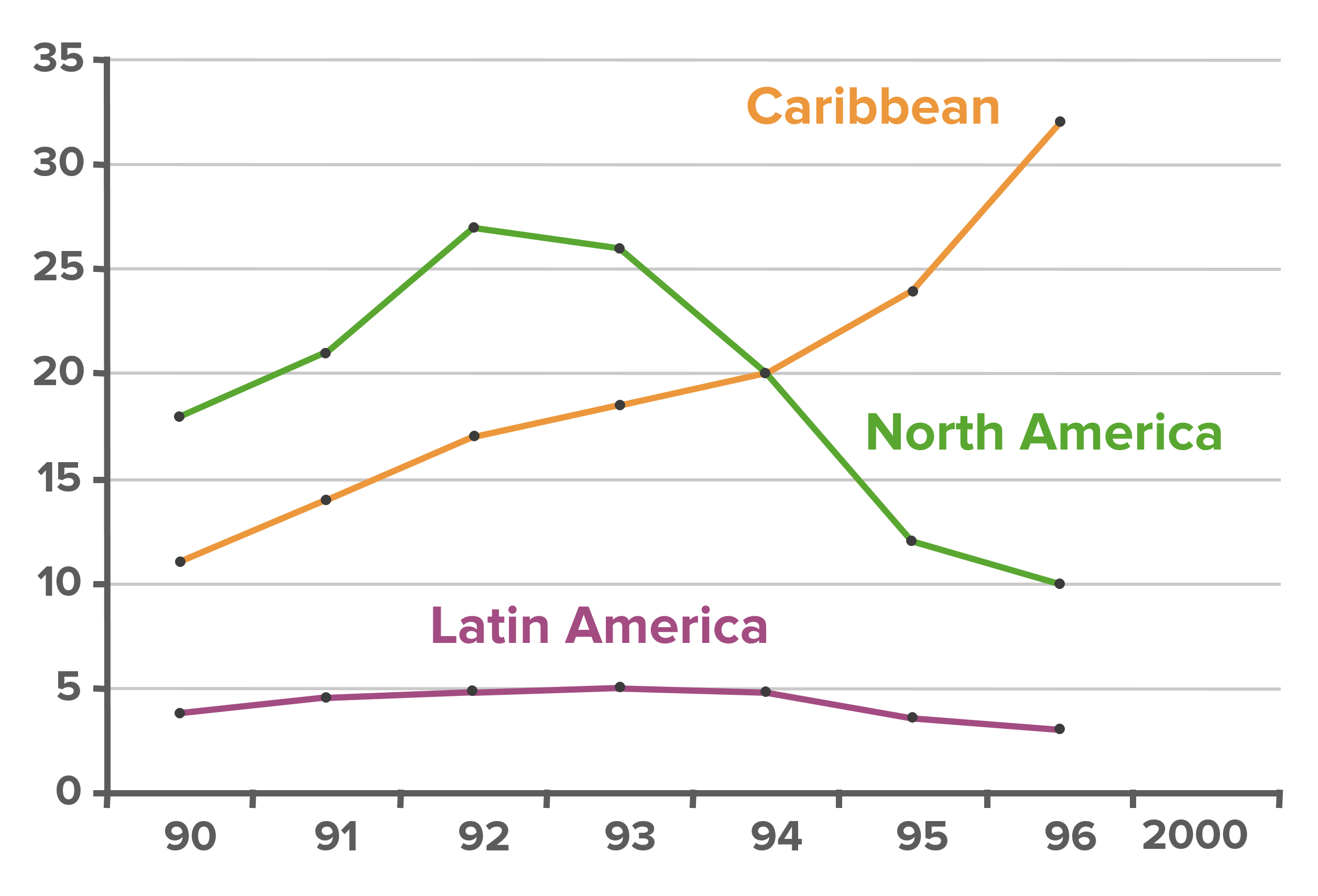Playlist
Show Playlist
Hide Playlist
Loss to Follow-up Bias
-
Slides 04 CausationBiasIdeaSelection Epidemiology.pdf
-
Download Lecture Overview
00:01 We've talked a little bit about lost to follow-up bias already when we talked about the Roma and their antibiotic resistance study. Lost to follow-up bias happens when some people are more likely than others to leave a study and this is a real problem, it happens in a lot of studies. In fact in almost every study someone is going to leave before we are done and it's important that we have a sense that those who remain in the study are not systematically different from those who leave the study. So in some ways lost to follow-up bias is a kind of non-response bias, because those we end up analyzing might be systematically different from those we didn't analyze, so remember, those who leave can't be too different from those who stay and we have to have an effort to assess why they left. Here is an example. Let's say you're doing a study of women in an artificial reproduction facility. 00:50 They are all undergoing fertility treatments because they're struggling to get pregnant and you're going to follow them over time and to see whether or not they managed to become pregnant as a result of these technological interventions. Some women leave the study, you don't know what happened to them, you don't know if they end up getting pregnant or not. The question you have to ask is, are they different from those who stayed in the study? I'm going to suggest to you that maybe they are, maybe they left because they were frustrated with the process, maybe they left because they didn't have enough money to pay for this expensive process over time, because this can be an expensive technology. So what kinds of women don't have money to stay in the procedure, very often, they are younger women, because they are not old enough perhaps to have the salary required to pay for this procedure over a long period of time. So now we have the younger women who are likely to leave. Younger women are also more likely to get pregnant, so maybe the population that's leaving your program is also the population that's most likely to succeed from the intervention, so you're missing out on a population that may enhance your outcome and so you're underestimating the success rate of your intervention, that's a real problem. So with lost to follow-up bias, we always try to track those who left our study to any extent that we can in order to get a sense of how they might be different from the population that remains.
About the Lecture
The lecture Loss to Follow-up Bias by Raywat Deonandan, PhD is from the course Statistical Biases.
Included Quiz Questions
Which of the following is true of loss to follow-up bias?
- The group that leaves the study can cause over or underestimation of the results.
- It is known as Berkson`s bias.
- It is a subtype of measurement bias.
- It does not influence the outcome of the study significantly.
- Those who leave the study are likely to be the same as the people who stay.
Customer reviews
5,0 of 5 stars
| 5 Stars |
|
5 |
| 4 Stars |
|
0 |
| 3 Stars |
|
0 |
| 2 Stars |
|
0 |
| 1 Star |
|
0 |




